What is an open coil mattress? The pros and cons to know about this affordable style before buying
Everything you need to know about the benefits and drawbacks of an open coil mattress


If you’ve started looking for a new mattress, you’re probably already aware there’s a bewildering amount of mattresses on the market. And a surprising amount of types of mattresses too. Open-coil mattresses are one of these mattress types. Having spent thousands of hours testing mattresses of all types, we can give you the myth-busting honest truth about what this style of mattress entails.
You must do the research to find the best mattress for you before clicking 'add to basket'. On average, we spend almost 3,000 hours asleep every year. That’s a lot of aches and pains if you pick the wrong one.
So with open-coil mattresses, you’ll probably be keen to figure out what the pros and cons of them are, and how they compare to other mattress types such as pocket-sprung mattresses.
What is an open-coil mattress?
All open-coil mattresses have interlinked springs inside. If you think of a mattress like a sandwich, the panel of springs are the sandwich filling and they sit between foam or other materials at the bottom and top.

'Springs are arranged in rows and connected to one another, top and bottom, by a spiral helical wire with an outer rod strengthening the perimeter,' explains Simon Williams from the National Bed Federation. 'There are usually a minimum of 325 coils in a [king] size – but some mattresses may have more,' Williams says.
Open-coil mattresses are often people’s preferred mattresses of choice because they’re a pretty good balance between comfort and affordability. The springs offer a decent level of support and are responsive to you moving around in bed.
As well as being relatively affordable, open-coil mattresses are lightweight. This might matter to you if you move house often and it’s easier to turn and rotate them for more-even wear.
What are the different names for an open coil mattress?
There are a few different names open-coil mattresses go by. Take it from a mattress expert – these are all broadly the same thing, dressed up in different names.
So as well as open-coil mattresses these mattresses might be called a standard sprung mattress or standard coil mattress. There’s also the Bonnell spring mattress – these carry a specific type of spring called Bonnell, which is the oldest type of springs used in mattresses. But rest assured, these still fall into the open-coil mattress category.
Open-coil mattresses are also sometimes referred to as coil spring mattresses, cage spring mattresses and continuous spring mattresses. Miracoil is Silentnight’s own brand of continuous spring mattress.
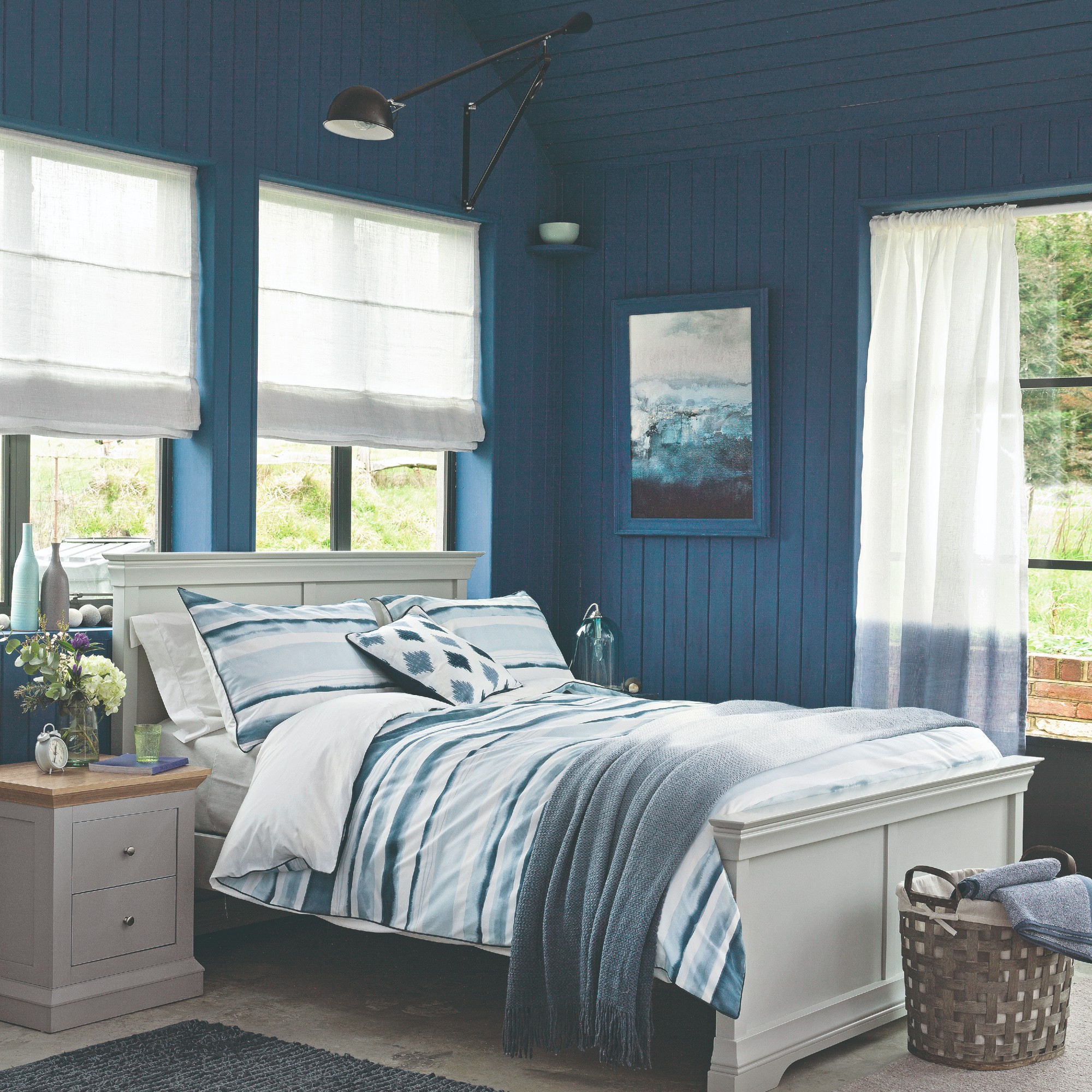
What are the benefits of an open coil mattress?
1. Low cost
'Open-coil mattresses are priced from budget to mid-range,' says Simon Williams from the National Bed Federation. As previously mentioned, open-coil mattresses are easier on the purse strings than some other types of mattress.
This is because open-coil mattresses are cheaper to produce and this type of mattress has been around for a long time. While pocket-sprung and foam mattresses are considered more advanced, they also have a heftier price tag. Open-coil mattresses are often filled with cheaper, synthetic fibres rather than natural fibres which are considered more luxury.
So if budget is a big factor in your decision making, open-coil mattresses could be for you.
2. Lightweight
Many mattresses require rotating or turning to extend the lifespan of your mattress. This can be a heavy job you’d rather avoid with some mattresses. But open coil mattresses are relatively lightweight, so that makes the job of turning and rotating easier. Because of this, you may be more likely to actually do it.
It also means open-coil mattresses are good if you plan to move a few times over its lifespan. Lugging a huge mattress around every year if you move a lot is no joke.
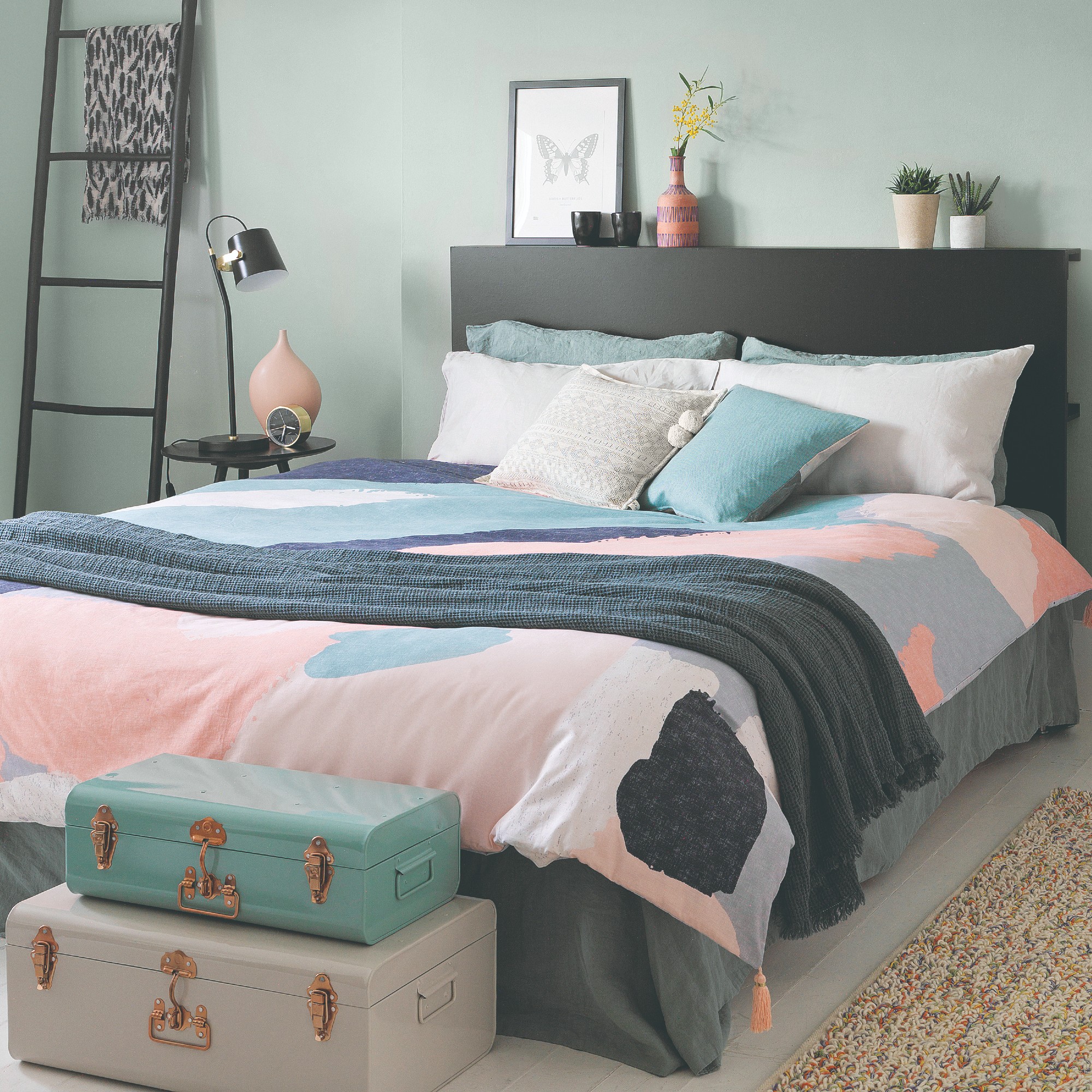
3. Decent support
Open coil mattresses provide a great level of support for their price. The springs have a bit more give in them than pocket-sprung mattresses, which is great if you have mobility issues or just prefer a bouncier mattress. During testing, open-coil mattresses are often the mattresses that have the most 'bounce back'.
You’ll find quite often the top layer of a modern open-coil mattress is some kind of foam, creating comfortable and gentle support.
4. Great for kids
Kids grow and move up sizes of beds from cots to toddler beds and then single beds at a rapid rate. It’s understandable that you may not want to fork out for an expensive mattress that they’ll only use for a few years.
Open-coil mattresses are the perfect solution for kids, as they don’t leave as much of a dent in your wallet. But crucially the springs evenly distribute weight across the mattress, providing great support for growing bodies.

What are the disadvantages of an open coil mattress?
1. Shorter lifespan
There’s wear and tear on all mattresses, but as a rough guide open-coil mattresses tend to last around five years – whereas you might get eight to 10 years out of its pocket sprung counterpart. The engineering on open-coil mattresses also means they’re more liable to becoming lumpy.
So if you just want a cheap mattress for now, and might invest in a more advanced mattress later, an open-coil mattress is great. But you may find the joie de vivre departs from your mattress fairly quickly. Which leads us to…
2. Roll together
If you tend to sleep alone, this is less of a problem. But if you sleep next to someone else, you may find that you end up rolling to the middle on an open-coil mattress. Great if you like a cuddle at night, but less than ideal for those who value personal space.
Put simply, the open-coil design just wears out faster and once it starts to deteriorate, you’re likely to find you start waking in the middle of the bed rather than your side.

3. Not great movement isolation
If you share a bed with someone else, you might find you’re very aware if they’re having a restless night. 'All of the springs are connected on an open-coil mattress,' explains Laura Tudor, Bedroom Furniture, Filled Bedding and Mattress buyer at John Lewis & Partners. 'So movement can be felt more and it provides less targeted support than when compared to a pocket spring mattress,' she explains.
4. Synthetic fabrics aren’t for everyone
'Open-coil mattresses tend to have synthetic comfort fillings over the springs, rather than more luxurious natural fillings such as wool, cotton, cashmere and so on,' says Simon Williams from the National Bed Federation.
Synthetic fibres tend to be less good at helping you regulate your body temperature. Sometimes they can also affect people’s allergies as they build up dust (but this isn’t always the case – many synthetic fibres are better for people with allergies).
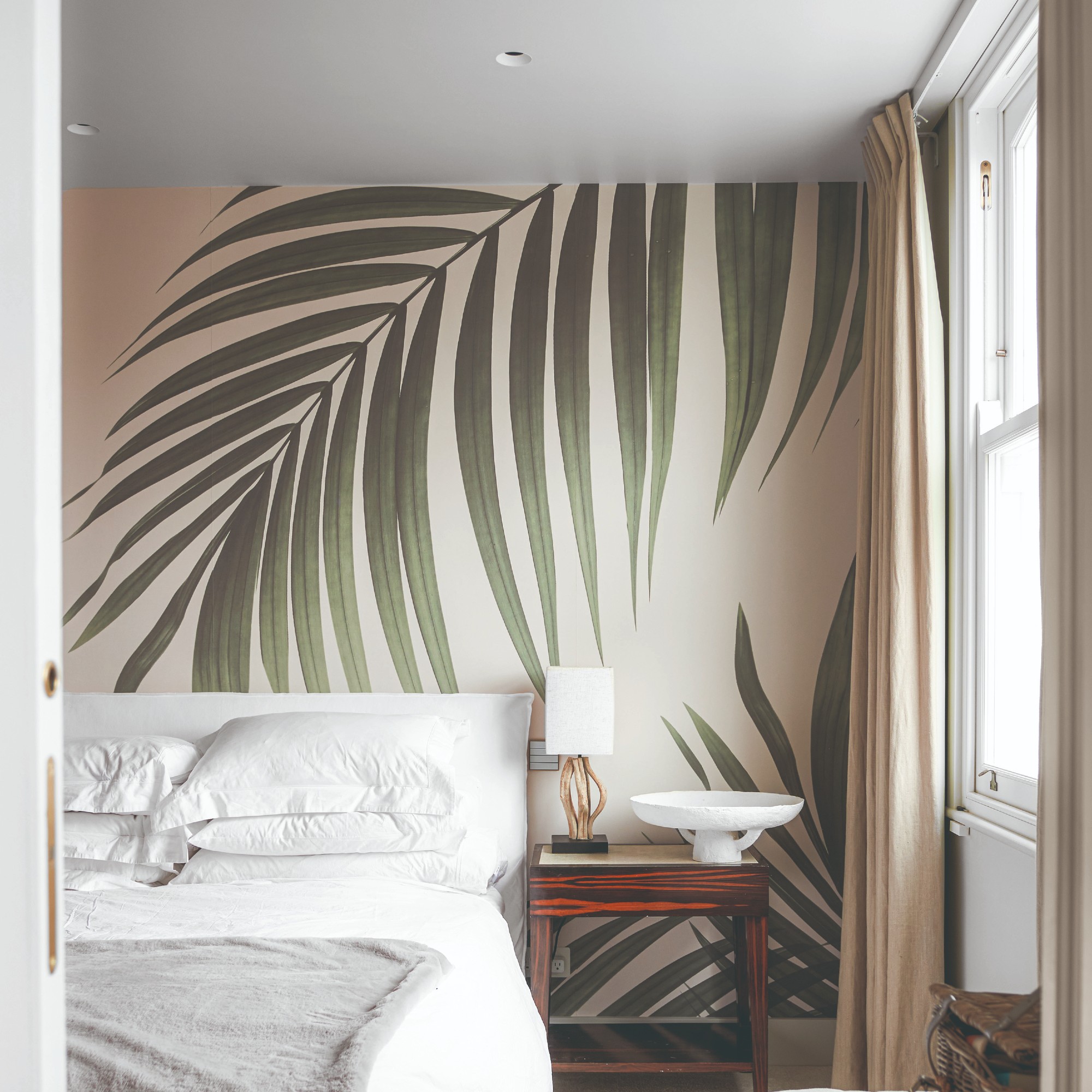
FAQs
What are the differences between open coil and pocket spring mattresses?
Open-coil mattresses are cheaper and more lightweight than pocket-sprung mattresses, and tend to be filled with synthetic fabrics. Pocket-sprung mattresses last longer, are considered better if you share a bed because they have better movement isolation, and pocket-sprung mattresses can offer firmer support.
Are open-coil mattresses good for side sleepers?
There is a school of thought that open-coil mattresses are good for side sleepers because they’re generally less firm, so easier on pressure points.
'Side sleepers tend to prefer a degree of softness for their shoulders and hips to sink into. If the open coil mattress includes a good depth of comfort fillings then it may suit a side sleeper,' says Simon Williams of the National Bed Federation.
'Although some reports suggest that open coil mattresses are good for side sleepers, there is still no definitive evidence which indicates this,' says Dr Maja Schaedel, Co-founder & Director of The Good Sleep Clinic.
'Side sleeping is often encouraged, especially if you snore or have obstructive sleep apnoea, but I would not specifically recommend an open coil mattress for side sleepers,' says Dr Schaedel. It seems the jury is out on this one.
Get the Ideal Home Newsletter
Sign up to our newsletter for style and decor inspiration, house makeovers, project advice and more.

Zoe is a freelance journalist and content strategist. Her career has traversed kids' publishing, women's lifestyle magazines, luxury property and content marketing. She's worked for the BBC, STYLIST, Marie Claire, heat, Wallpaper*, InStyle, The Sunday Times Style, Ocado, Christie's and more. She now regularly writes about interiors and sleep for a range of media – what she doesn't know about mattresses isn't worth knowing.
-
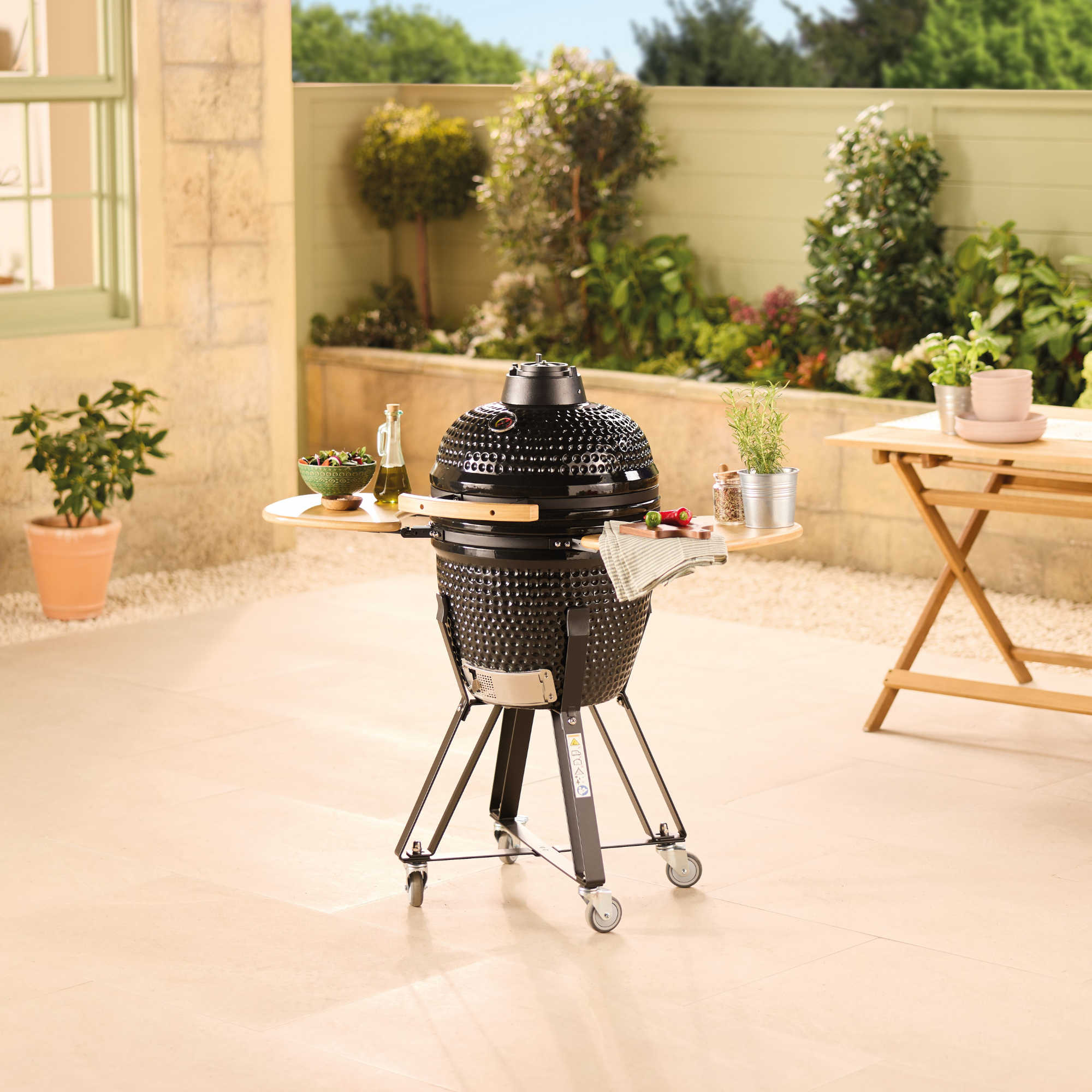 Aldi’s cult Kamado BBQ is returning to stores and it's £100 cheaper than last time
Aldi’s cult Kamado BBQ is returning to stores and it's £100 cheaper than last timeThis budget BBQ is only a fraction of the price of this celebrity favourite
By Kezia Reynolds
-
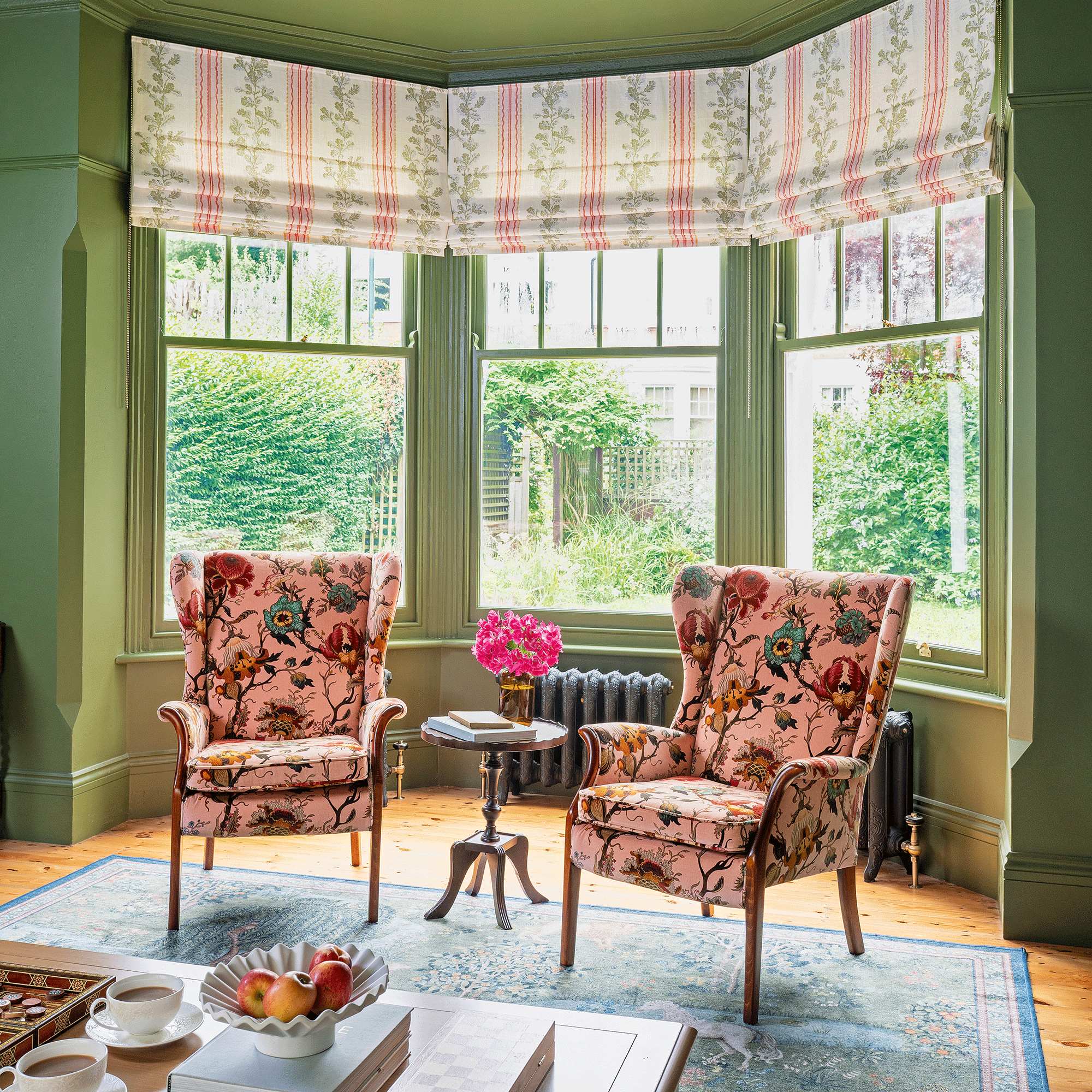 A strict colour palette and vintage finds have turned this semi-detached Edwardian house into an elegant family home
A strict colour palette and vintage finds have turned this semi-detached Edwardian house into an elegant family homeSticking to a three-colour palette of green, pink and yellow and mixing in plenty of vintage furniture and art has created an authentic period feel
By Stephanie Smith
-
 A top-to-bottom renovation has turned this Edwardian house into a lovely family home
A top-to-bottom renovation has turned this Edwardian house into a lovely family homeWith a few considered structural changes, this period house has been turned into a family home and has created a sanctuary for years to come
By Maxine Brady